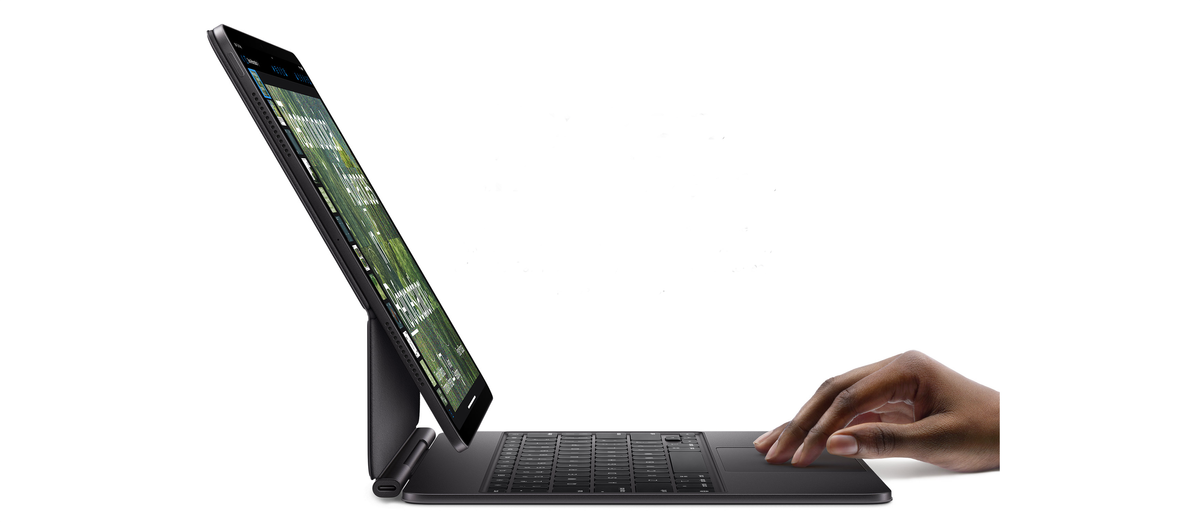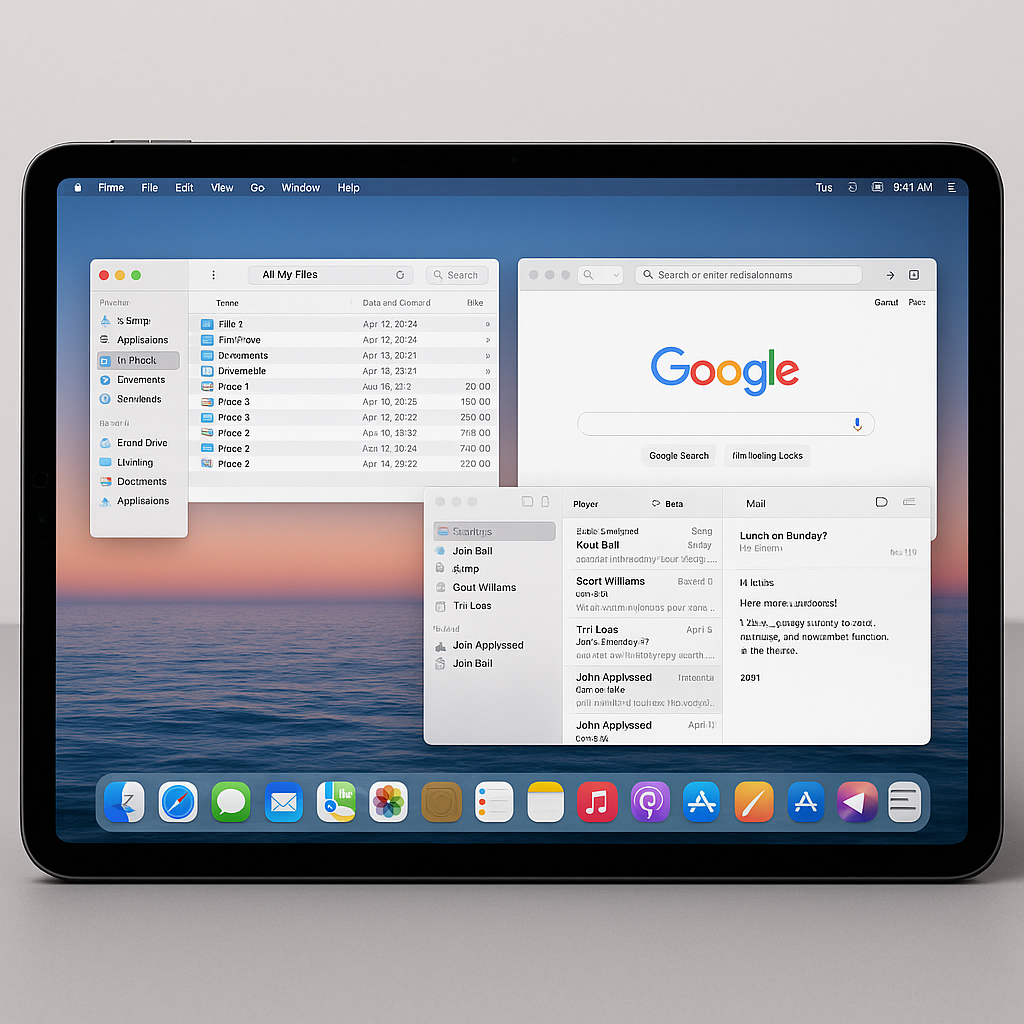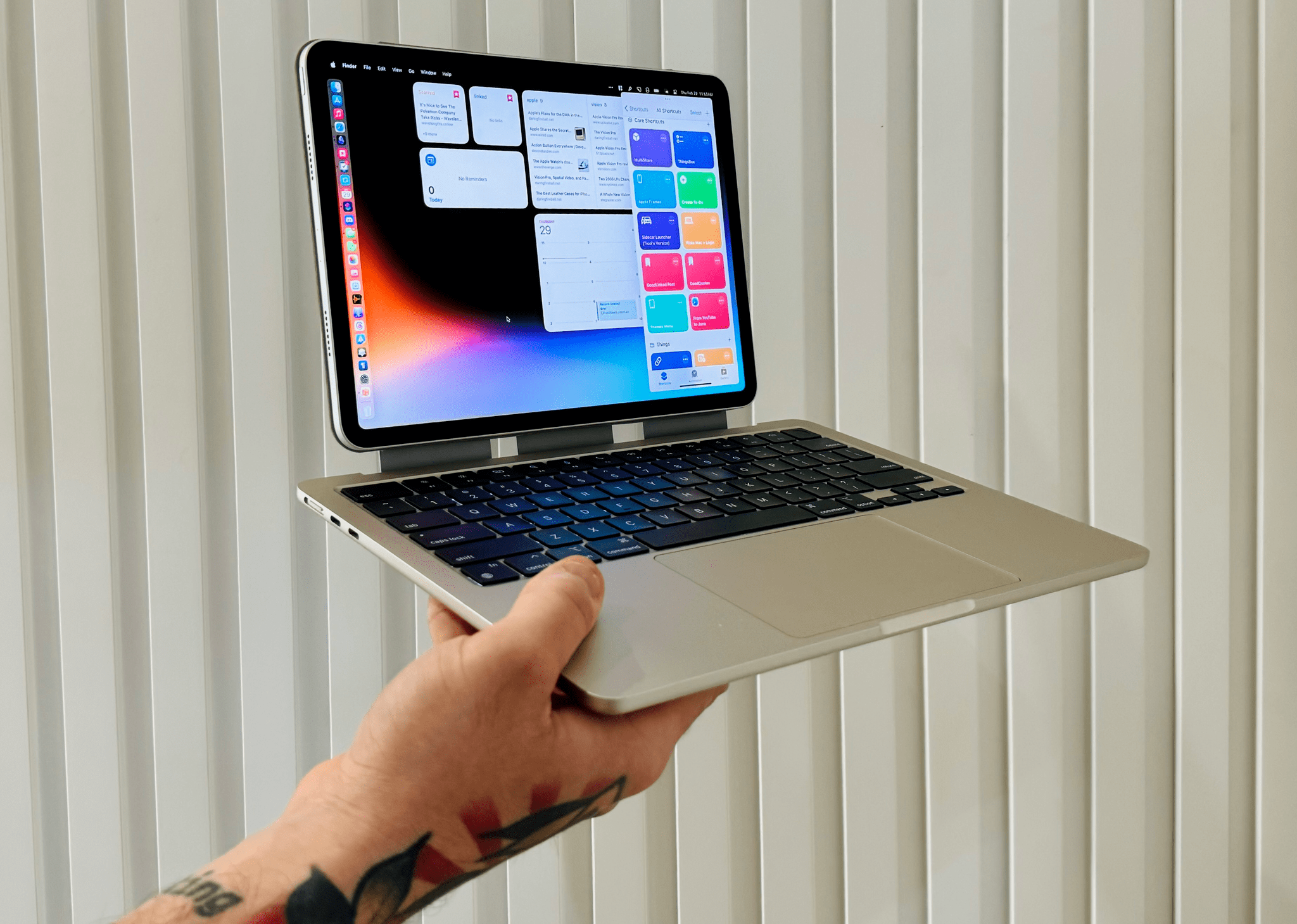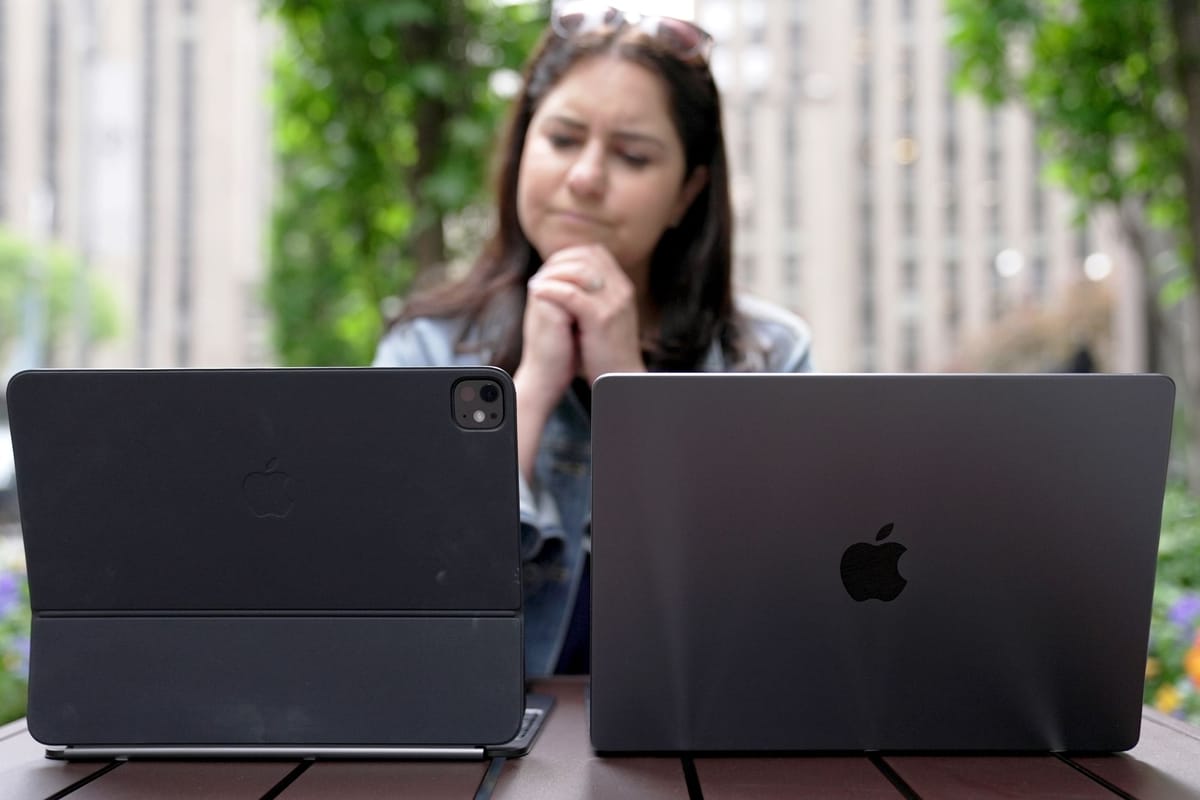The Mind-Blowing Mac-ness of iPadOS 26
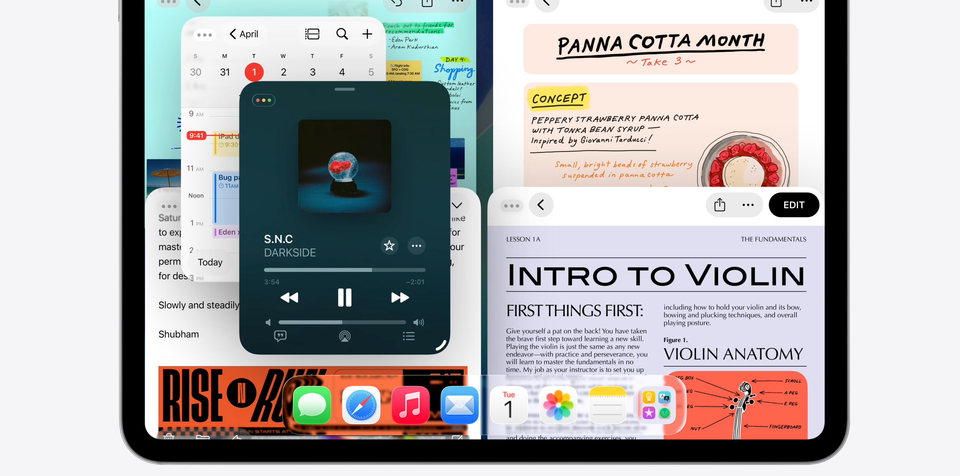
One slightly strange part of the WWDC Keynote came immediately after Craig Federighi introduced iPadOS 26, which beyond the fresh coat of 'Liquid Glass' paint that the other OSes received, also is being completely overhauled, at least when it comes to multitasking on the device.
"Wow. More windows, a pointier pointer, and a menu bar? Who would've thought? We've truly pulled off a mind-blowing release!"
It was, of course, sarcasm. But he didn't really land it. Because it was also a sort of strange acknowledgement that perhaps Apple should have just been doing things this way all along. Which is to say, like a Mac.
So why didn't they until – checks calendar – some 15 years after Steve Jobs first sat down in the comfortable chair on stage with the device? Some of it, as Federighi talks about in this interview were technical limitations. The first several iterations of the iPad were certainly more akin, hardware-wise, to an iPhone and not a Mac – bust those "just a big iPhone" jokes out of cold storage. But clearly just as big of a part was that Apple really, really wanted the iPad to be a different type of device. Filling a space in between the iPhone and a Mac, just as Jobs envisioned.
I wrote about this issue a year ago, just after Apple unveiled the M4-powered iPad Pro – the first Apple product to get that chip, yes, even before the Mac. In a post entitled "Apple Invents a Laptop with a Touchscreen":
To me, perhaps the most interesting element of Apple's "Let Loose" iPad event yesterday was an almost throw-away line. "Feels just like using a MacBook," John Ternus, Apple's SVP of Hardware Engineering, said of the trackpad on Apple's new Magic Keyboard accessory for the iPad Pro.
That's great. But it's also a weird thing for an Apple executive to say...
For years at this point we've been told that the iPad and MacBook are two distinct Apple products and never the two shall meet. But increasingly, the two have been meeting. Trading notes back and forth, as it were, as they continue to bleed into one device. Really only one thing holds the two sides from fully coming together at this point: a touchscreen.
I think for a lot of people – myself included – the iPad did find a way to reside in this magical realm between the other two devices. But as time went on, and as iPhone screens got ever-larger and Macs got even more portable, the iPad was getting squeezed. At the same time, it remained in a unique position for both young people (my children) and older people (my mom):
As the years of using both devices go by, I find myself increasingly reaching up to touch my MacBook screen out of habit. And I grew up on PCs. My five year old simply doesn't understand that touching a MacBook screen does nothing. That's how computers work to her. Meaning, of course, the iPad.
But the realities of our world mean that you still can't really use the iPad computing paradigms for all of the computing you need to do. And Apple obviously should have morphed the iPad to meet these opportunities, but they dragged their feet:
So why has Apple waited so long? Well, first and foremost because Steve Jobs said so. Noting that touchscreens were "ergonomically terrible" at the launch of the iPad in 2010, he went on to say that: "Touch surfaces don't want to be vertical. It gives great demo but after a short period of time, you start to fatigue. And after an extended period of time, your arm wants to fall off. It doesn't work." And so Apple has gone out of their way in these past 14 years to ensure that they won't work on the Mac because they won't be included on the Mac.
Yes, Apple would have to do a bunch of work on the software side to make macOS touch-ready. But it's Apple. They have the resources and capabilities to do such things. And actually, what I really want first is something they can do right now, if they choose to: the ability to let your iPad Pro dual boot iPadOS and macOS. Even before the touchscreen conversion, if you have a Magic Keyboard attached, just let me use the iPad as if it's the non-touchscreen monitor of a MacBook.
But Apple won't do this because it not only blurs but basically *erases* the line between the iPad and the Mac. Users want this, Apple does not. Why? Again, legacy. These are two separate products, as told by Steve Jobs.
The platform has matured enough that people want to use it to do everything – including things you can do on both the iPhone and Mac. And the latter has been more or less impossible not because of the device itself any longer – that situation has inverted, where the hardware is now more akin to a Mac rather than an iPhone – but because of the software. And that has been the case for many years now. And rather than do the obvious thing – giving users an option to use their device more like a Mac – Apple tried to come up with all these convoluted ways to handle PC workflows with an iPad twist. Now they're removing the twist. Finally.
Still, some of the issues that Craig Federighi brings up in a sit down with Andrew Cunningham of Ars Technica are fair and worth nothing:
"If you want to rewind all the way to the time we introduced Split View and Slide Over [in iOS 9], you have to start with the grounding that the iPad is a direct manipulation touch-first device," Federighi told Ars. "It is a foundational requirement that if you touch the screen and start to move something that it responds. Otherwise, the entire interaction model is broken—it's a psychic break with your contract with the device."
Mac users, Federighi said, were more tolerant of small latency on their devices because they were already manipulating apps on the screen indirectly, but the iPads of a decade or so ago "didn't have the capacity to run an unlimited number of windowed apps with perfect responsiveness."
Once the hardware got up to speed, literally, this was undoubtedly the key issue/concern. Because Apple never made a touchscreen Mac (though surely they must have some test devices/OSes somewhere deep in a lab...), they needed some sort of elegant software solution for handling both touch and cursor. I suppose they could have just disabled the touchscreen if a mouse or trackpad was connected, but that wouldn't have been very Apple-like and you still would have needed a UI that could accommodate both. Apple could have let you dual-boot macOS directly – the band-aid solution I advocated for above – but again, that OS wasn't built for an always-on cell connection, for example (though surely they must have some test devices/OSes somewhere deep in a lab...). So every solution was sort of a stop gap until they actually did the legwork to make an OS built for both.
Apple has already tried a windowed multitasking system on modern iPads once this decade, of course, with iPadOS 16's Stage Manager interface.
Any first crack at windowed multitasking on the iPad was going to have a steep climb. This was the first time Apple or its developers had needed to content with truly dynamically resizable app windows in iOS or iPadOS, the first time Apple had implemented avirtual memory system on the iPad, and the first time Apple had tried true multi-monitor support. Stage Manager was in such rough shape that Apple delayed that year's iPadOS release to keep working on it.
But the biggest problem with Stage Manager was actually that it just didn't work on a whole bunch of iPads. You could only use it on new expensive models—if you had a new cheap model or even an older expensive model, your iPad was stuck with the older Slide Over and Split View modes that had been designed around the hardware limitations of mid-2010s iPads.
Yeah, Stage Manager just wasn't any good. It again felt like Apple trying too hard to adhere to the iPad-ness of the device while trying to create a more Mac-like solution for those who wanted it. It was a Frankenstein's monster of UX.
"We wanted to offer a new baseline of a totally consistent experience of what it meant to have Stage Manager," Federighi told Ars. "And for us, that meant four simultaneous apps on the internal display and an external display with four simultaneous apps. So, eight apps running at once. And we said that's the baseline, and that's what it means to be Stage Manager; we didn't want to say 'you get Stage Manager, but you get Stage Manager-lite here or something like that. And so immediately that established a floor for how low we could go."
Fixing that was one of the primary goals of the new windowing system.
"We decided this time: make everything we can make available," said Federighi, "even if it has some nuances on older hardware, because we saw so much demand [for Stage Manager]."
I just counted, I have 12 apps running right now on my Mac. And this is really just the bare minimum baseline for how I like to work. When you think about how you work, you may think you just use a few at once, usually a web browser and a couple other things, but there are probably a ton of smaller programs running that you don't really think about. Four apps wasn't going to cut it.
"We have discovered many, many optimizations," Federighi said. "We re-architected our windowing system and we re-architected the way that we manage background tasks, background processing, that enabled us to squeeze more out of other devices than we were able to do at the time we introduced Stage Manager."
I have been running iPadOS 26 (on a backup iPad) since the first developer build shipped right after the keynote. I have many thoughts. But I also know the builds are going to morph quite a bit over the beta builds. For now, I would just share that my two main concerns are around screen real-estate and yes, that pesky web browser. But more on those soon. This is a good first step at least.
